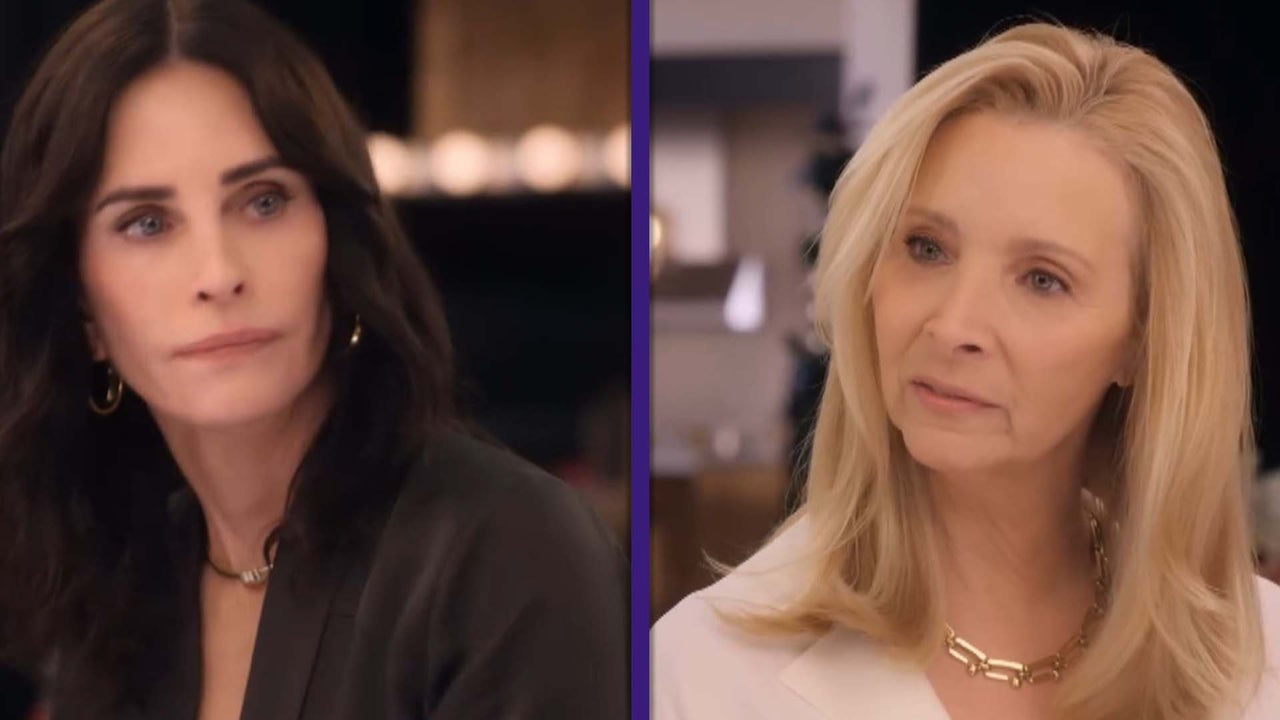
Three decades after its premiere, Friends remains one of the most influential sitcoms ever made. It didn’t just define a generation — it reshaped how we see humor, relationships, and adulthood on television. From its writing style to its casting chemistry, everything about Friends became a model that modern shows still follow today.
The Birth of a Cultural Phenomenon

When Friends first aired in 1994, it introduced something refreshingly different: six imperfect, broke, yet deeply lovable young adults finding family in each other. Its world felt familiar but comforting — a New York where every bad date, job crisis, and coffee chat became a shared life lesson. That relatability turned the show into an instant cultural anchor, sparking fashion trends (the “Rachel” haircut!), catchphrases (“How you doin’?”), and a new definition of what friendship meant.
The Formula Every Sitcom Wanted to Copy

The success of Friends changed television storytelling forever. It popularized the “ensemble cast” model that later inspired How I Met Your Mother, New Girl, and The Big Bang Theory. The humor wasn’t about punchlines — it came from character dynamics, chemistry, and emotional continuity. You didn’t just tune in to laugh; you tuned in to see your friends grow.
Even now, streaming services cite Friends as one of the most-watched comfort shows worldwide. New audiences — some not even born when it aired — binge the series for the same reason older fans once tuned in weekly: it feels like home.
A Legacy That Transcends Time
What makes Friends timeless is its balance of warmth, wit, and realism. It captured the anxiety of growing up — and the joy of not doing it alone. It taught an entire generation that success isn’t measured by money or perfection, but by the people who stick by you when everything else falls apart.
That message, combined with unforgettable chemistry and smart, heartfelt writing, ensures Friends will always be more than a show — it’s a mirror of who we are at our most human.
